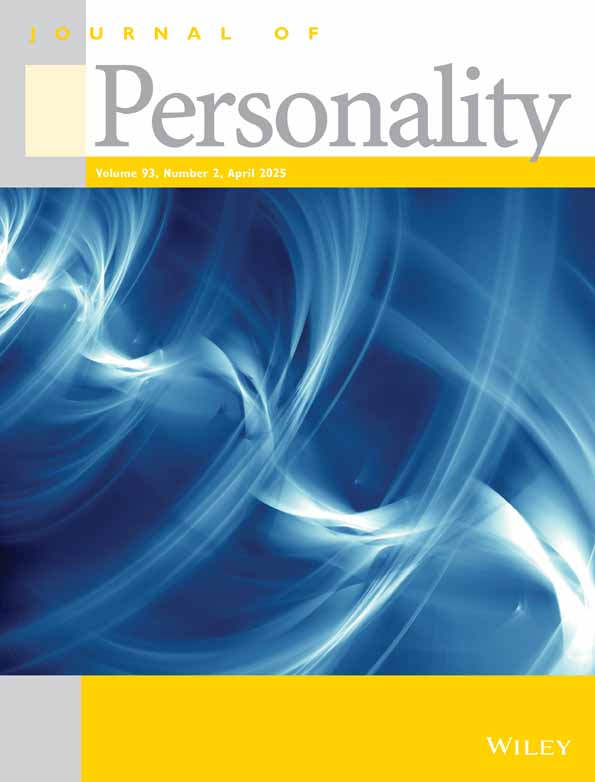High-dimensionality structure in English-language personality type-nouns
Abstract
Objective
Past applications of the lexical approach to type-noun personality structures have yielded different results compared with those generated for adjectival personality structures, since then new methods have arisen for identifying robust higher-dimensionality structure in data. This research aims to identify an optimal taxonomy of English language type-nouns.
Method
Current study reanalyzed 372 type-nouns from a previous study emphasizing robustness across methodological variations (original vs. ipsatized data, oblique vs. orthogonal rotations, convergence between male and female target ratings) to determine a replicable but more comprehensive model of personality type-noun structure.
Results
A 13-factor original-data oblimin-rotated solution was determined to be the most robust model, except for a one-factor model that was far less comprehensive and informative; an original-data 32-factor oblimin-rotated solution was also fairly robust. Although each of the Big Five adjectival markers indicated a large correlation with one or more type-noun factors; nearly half of the 13 type-noun factors lacked such large correlations with the Big Five.
Conclusions
A high-dimensionality approach thus indicated that type-nouns capture substantial content beyond the Big Five. A comparison with the character-types described by an ancient philosopher (Theophrastus) signified that some granular type-noun dimensions may have stability across multiple millennia.
CONFLICT OF INTEREST STATEMENT
The authors have no conflicts of interest to declare.




